Design Trends in a Post-Covid World
Neuroaesthics, Biophilia, multi-purpose, rustic, clever storage, up-cycling, outdoor living
With COVID still raging around the world, it makes sense that interior design looks towards trends that favour low economic growth and recession. With many countries still in lockdown and more people working from home, interior designers have had to adjust their predictions and look towards a post-Covid world and how things have changed over the past year.
Designing for well-being is becoming a major goal within the design field. Designers are looking at the environment and how it affects our well-being. It’s all about improving our wellness by thinking outside the box. Eco-friendly buildings, home spas, relaxation pods, multipurpose rooms, warm outdoor entertainment areas. How can technology together with interior and furniture design enhance our well-being?
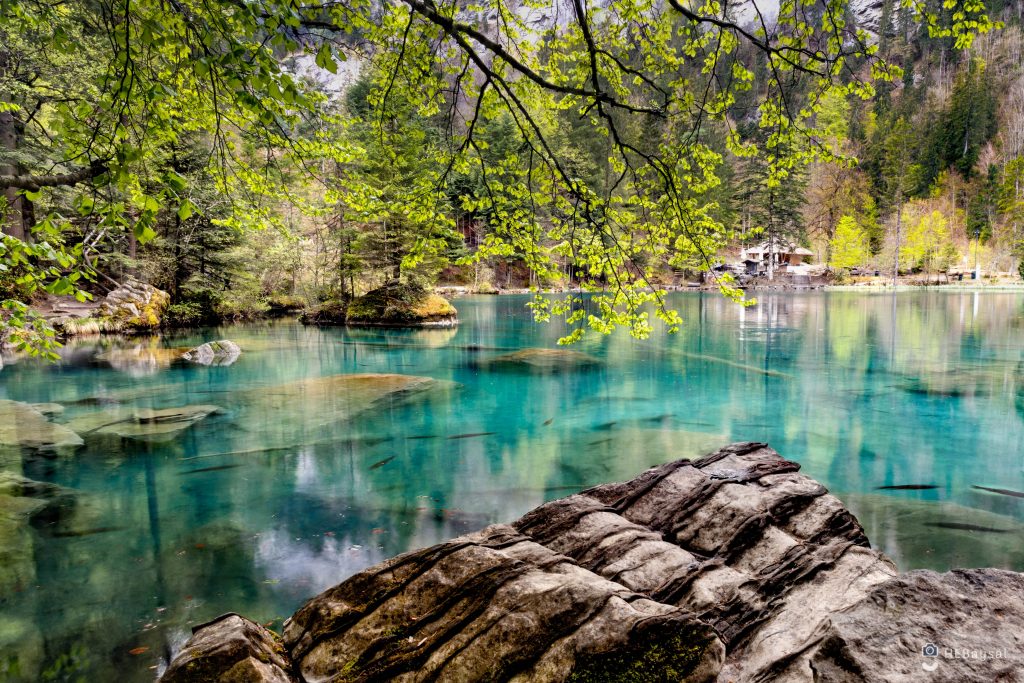
Designing with Neuroaesthetics in mind. This is an area of neuroscience, where we create beautiful and warm spaces using the visual aesthetics of art and design. We now believe our bodies will respond to these visuals and we should use soft lighting, sounds, scents and textures, all aimed at stimulating the senses in calming and positive ways.
Dr Nancy Etcoff a researcher in this emerging field of science is keen to see how the appreciation of art and beauty creates positive emotions like happiness, calm, and gratitude within our brains. As the director of the Program in Aesthetics and Well-Being at Massachusetts General Hospital, she is working to create more beautiful hospital spaces to aid patients in recovery.
Soft and tactile materials are helping with the integration of technology in our homes in a more natural and human way. There are lamps, for example, which combine light and sound into one product in order to de-clutter the home with fewer devices and cords. A heated throw blanket is an easy way to create personal warmth, both aesthetically and physically without lighting a fire.
Biophilia is the new buzzword in design. It is a philosophy examining the human tendency to interact or strongly associate with nature —biophilic design has been found to support cognitive function, physical health, and psychological well-being. Some businesses are incorporating biophilic design into their offices to encourage the connection between humans and nature, as well as promote staff wellness and productivity.
In our homes, this translates into bringing nature inside our homes. Plenty of greenery is placed in the home to improve the microclimate and thus the overall wellness. From large windows and sliding doors that bring the outside in, as well as nature-inspired colours, designers are constantly looking at how we can create a personal connection to the environment and nature.
“A stronger connection to nature during this time has become essential, especially for city dwellers,” says designer Nina Blair. “For homes to be places of refuge and safety, we should choose colors that promote peace, wellbeing, and this connection to nature [as well as] textures that are less about display and more about comfort and cocooning.”
Multi-purpose rooms have become the standard in 2021. We’ve learnt during the pandemic that working from home and homeschooling is a safer way to live. In 2021, we will be designing our houses to incorporate a home office doubling as a children’s playroom, and the spare bedroom will double as the home theatre.
Adding more efficient Storage. Storage will play a large part in this transformation because we need easy to assemble moveable cupboards and wardrobes. Beds that transform into couches or armchairs or are tucked out of sight, office furniture that is easily hidden away when the rooms transform from office to play area.
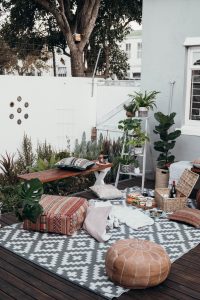
Picnic in a tiny courtyard
The great outdoors —we now know it is safer to be in a germ-free, fresh, well-ventilated space to be safe from COVID-19 and where better than your own outdoor space, garden or entertaining area. These days outdoor heaters and heated floors on porches that can be screened are becoming standard. These will be great places to spend time outdoors even in the colder months. Architect Deborah Berke notes, “We will need to design for respite and provide ways to draw boundaries around some practices.” She believes that how the home is connected to the outdoors—to views, light, and air and ways to recharge will be highly valued.
Toronto architect Tura Cousins Wilson talks about his home and how Covid has changed his relationship to it. “Covid has demonstrated how important comfort and versatility is in a home, so the changes I’m making – and would like to make – are to satisfy those aspects. The backyard hasn’t been finished yet, and having that additional area finished would enable more safe socializing and open up space for a quiet retreat. Choosing comfortable furniture has also become a necessity when there are four people utilizing the space constantly.”
Next Post
Earthy colours of 2021 and Up-cycling ideas you can try at home
For all the latest in furniture and furnishings check out Zanui : great discounts at the moment!
I might receive a small commission if you purchase anything through this link.


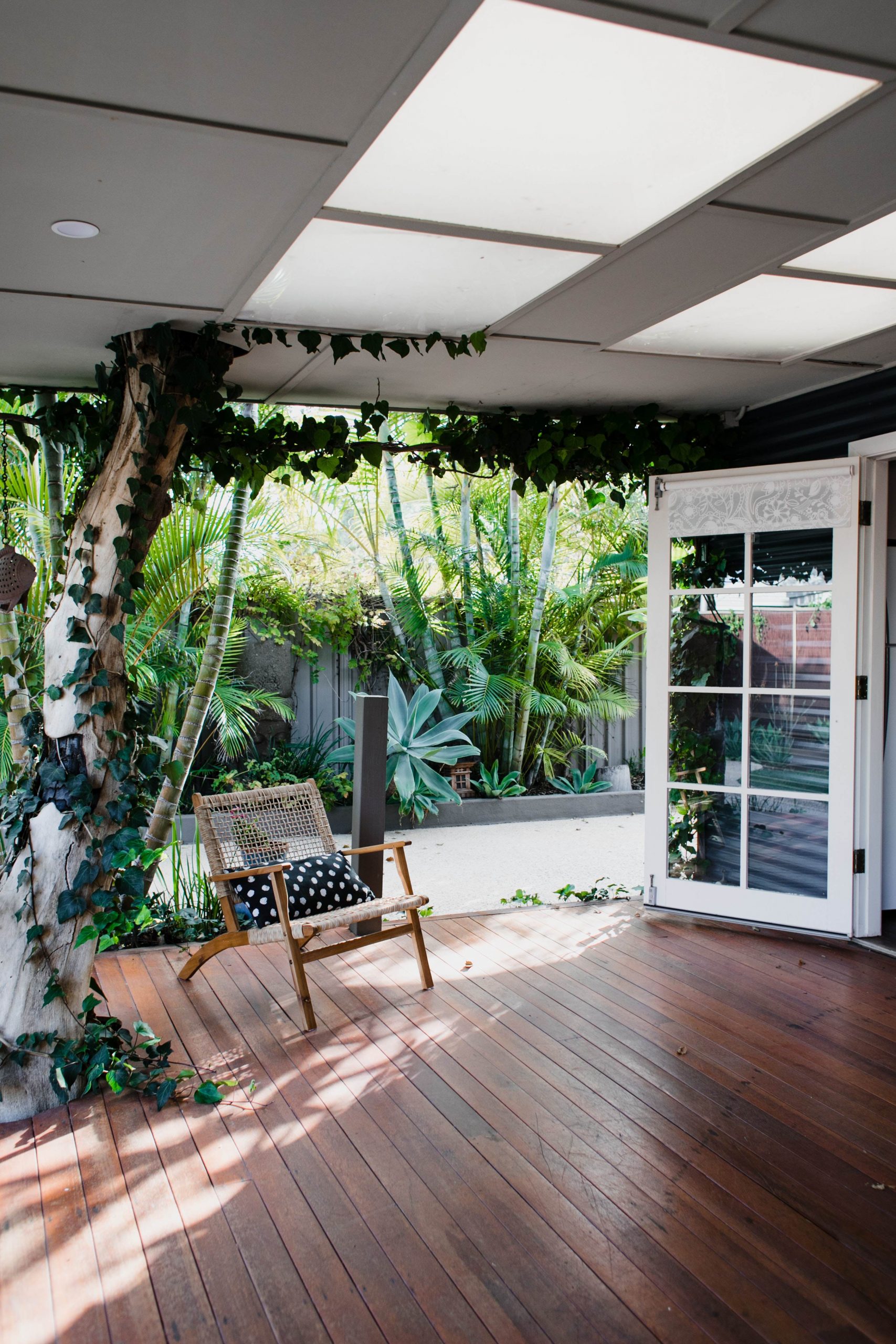
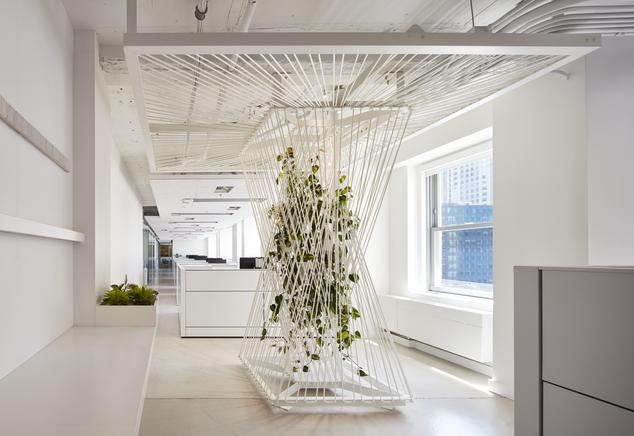
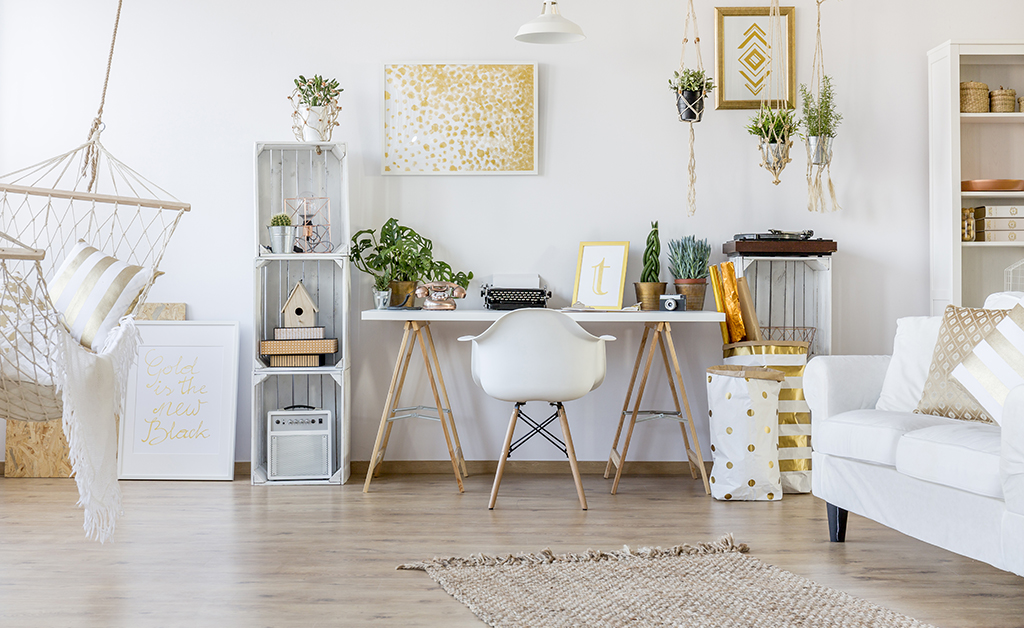
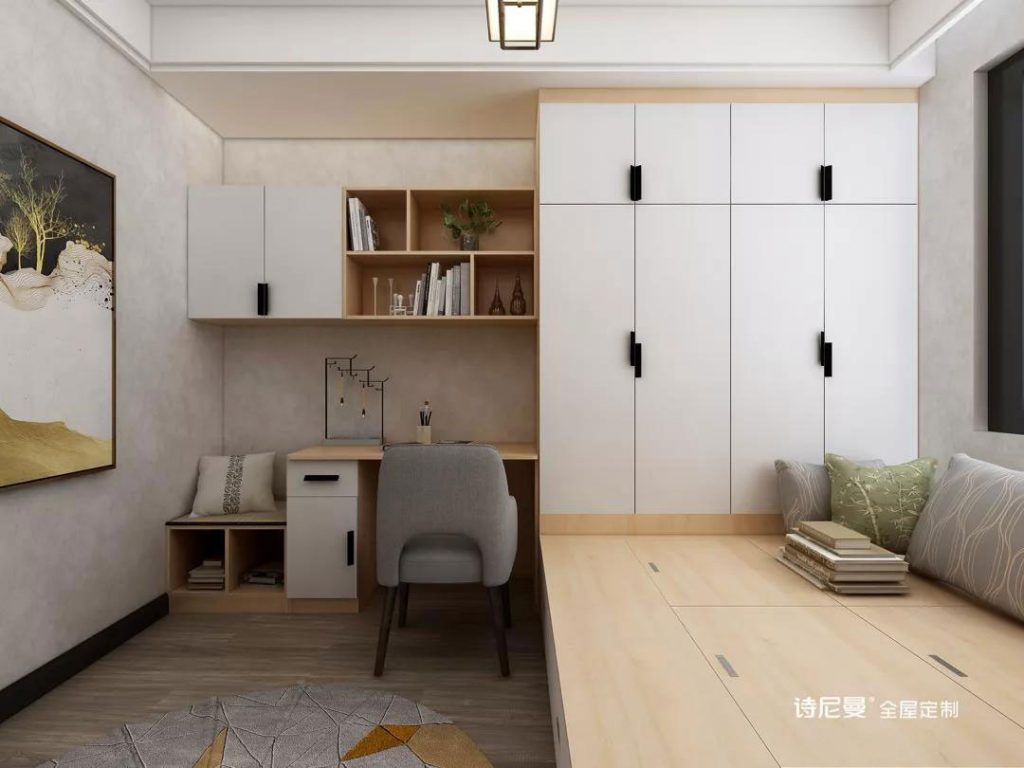

Love this – interesting read and very inspiring!
May 15, 2021 at 12:41 pm